Tech Articles
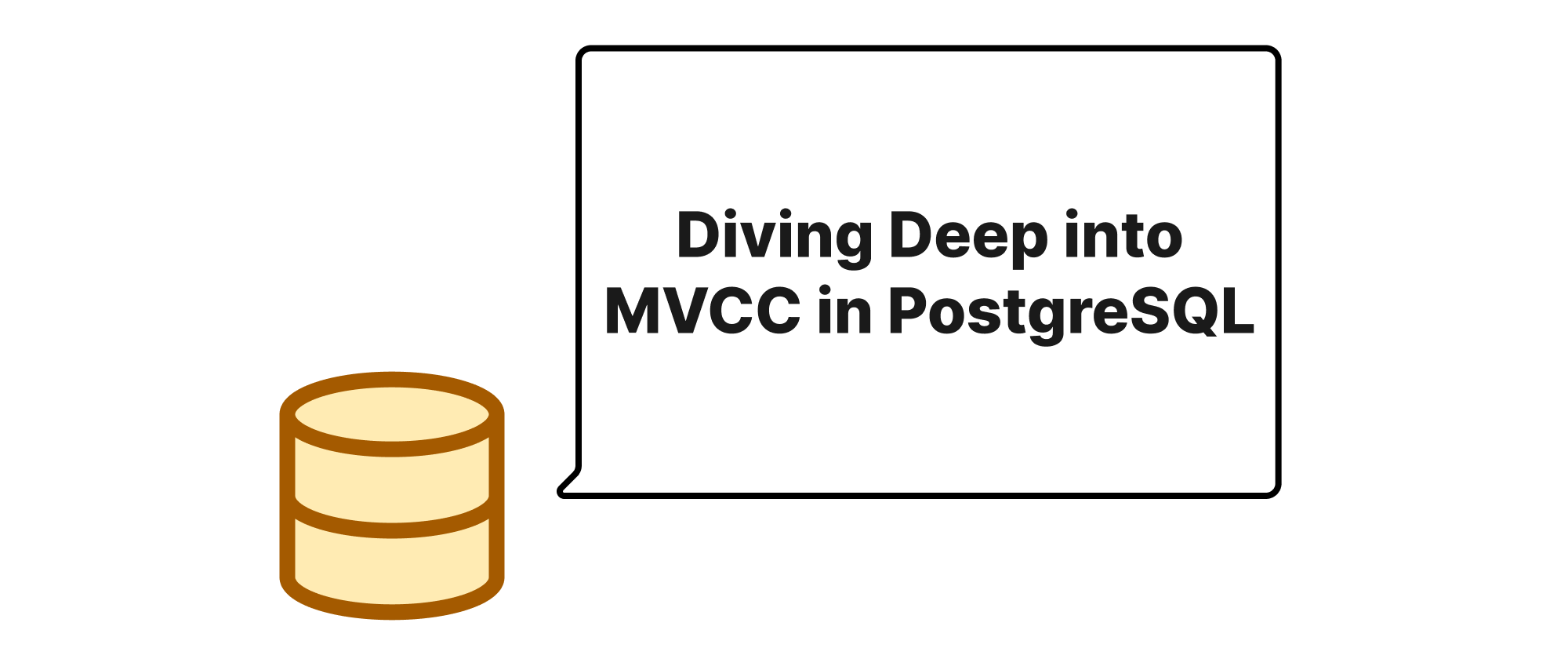
Diving Deep into MVCC in PostgreSQL
An in-depth exploration of how PostgreSQL achieves concurrency control using Multi-Version Concurrency Control (MVCC), detailing its core concepts, implementation, and practical implications.

Rate Limiting in Backend Frameworks - Token Bucket vs. Sliding Window
A deep dive into two prevalent rate limiting algorithms, Token Bucket and Sliding Window, discussing their principles, implementations, and real-world applications in backend systems.
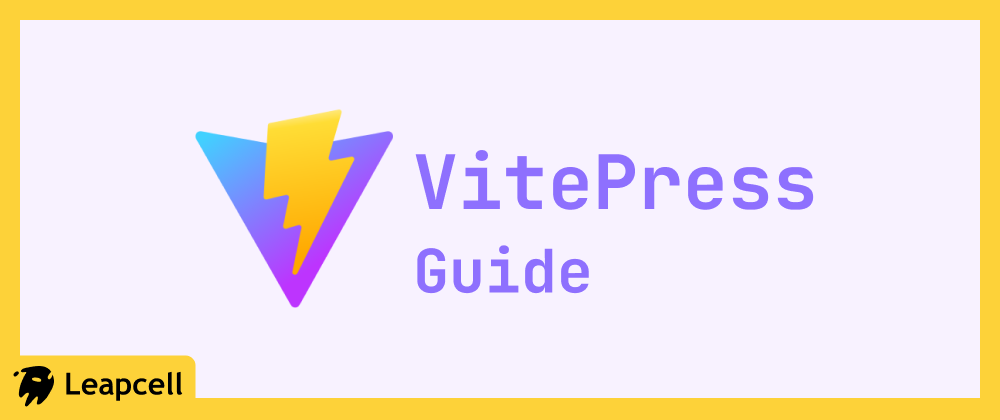
VitePress Guide: From Installation to Deployment
This guide introduces VitePress, a modern static site generator for Vue 3. It covers how to quickly set up, add content, customize, and deploy a fast blog using Markdown.
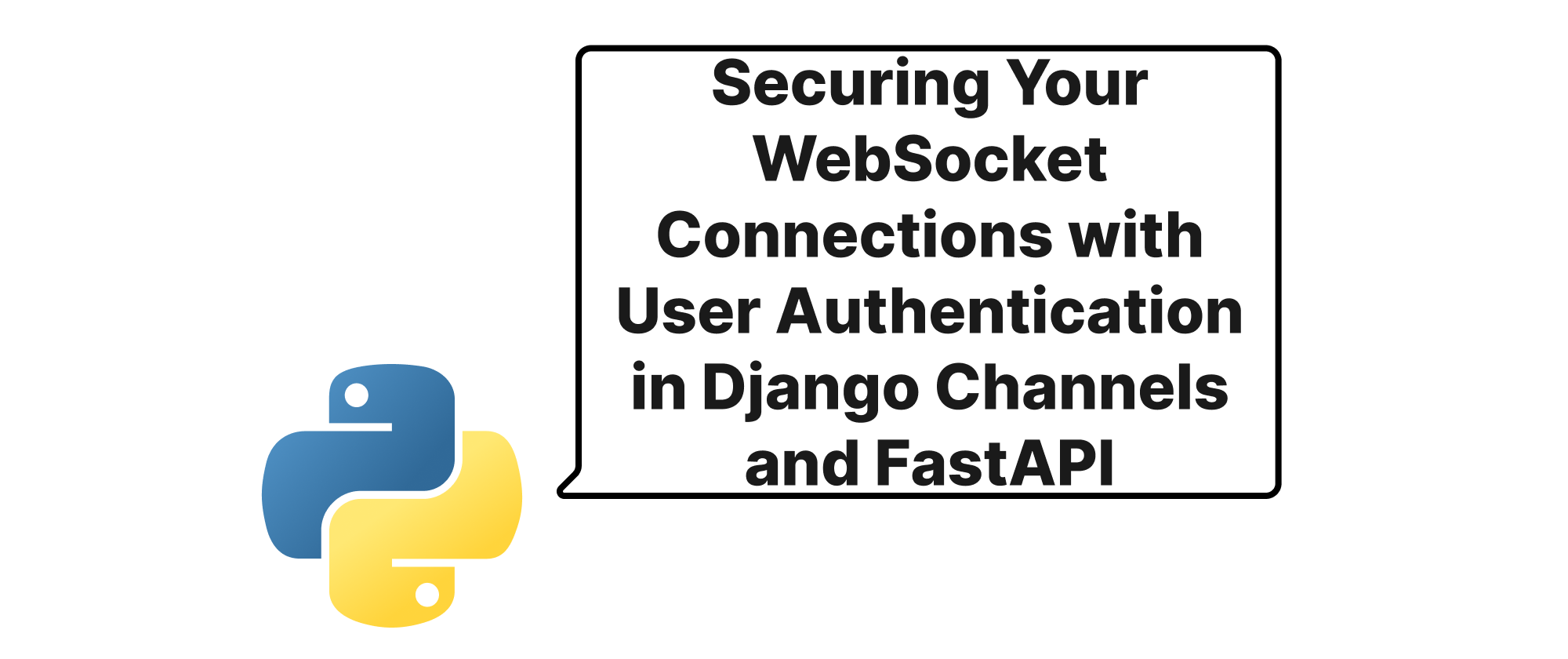
Securing Your WebSocket Connections with User Authentication in Django Channels and FastAPI
This article explores how to add user authentication to WebSocket connections using Django Channels and FastAPI, enhancing security and controlling access to real-time features.
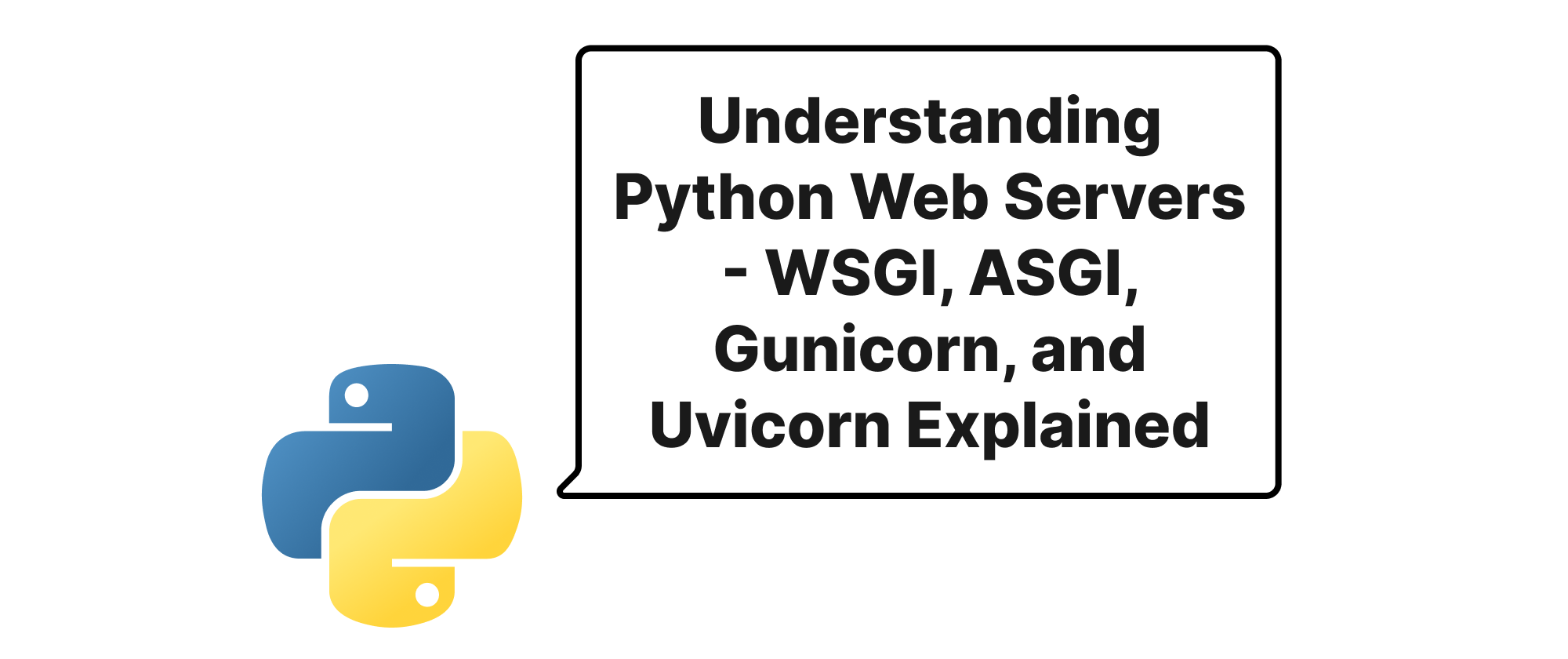
Understanding Python Web Servers - WSGI, ASGI, Gunicorn, and Uvicorn Explained
This article delves into WSGI and ASGI, the fundamental interfaces for Python web applications, and explains why server gateways like Gunicorn and Uvicorn are essential for robust production deployments.
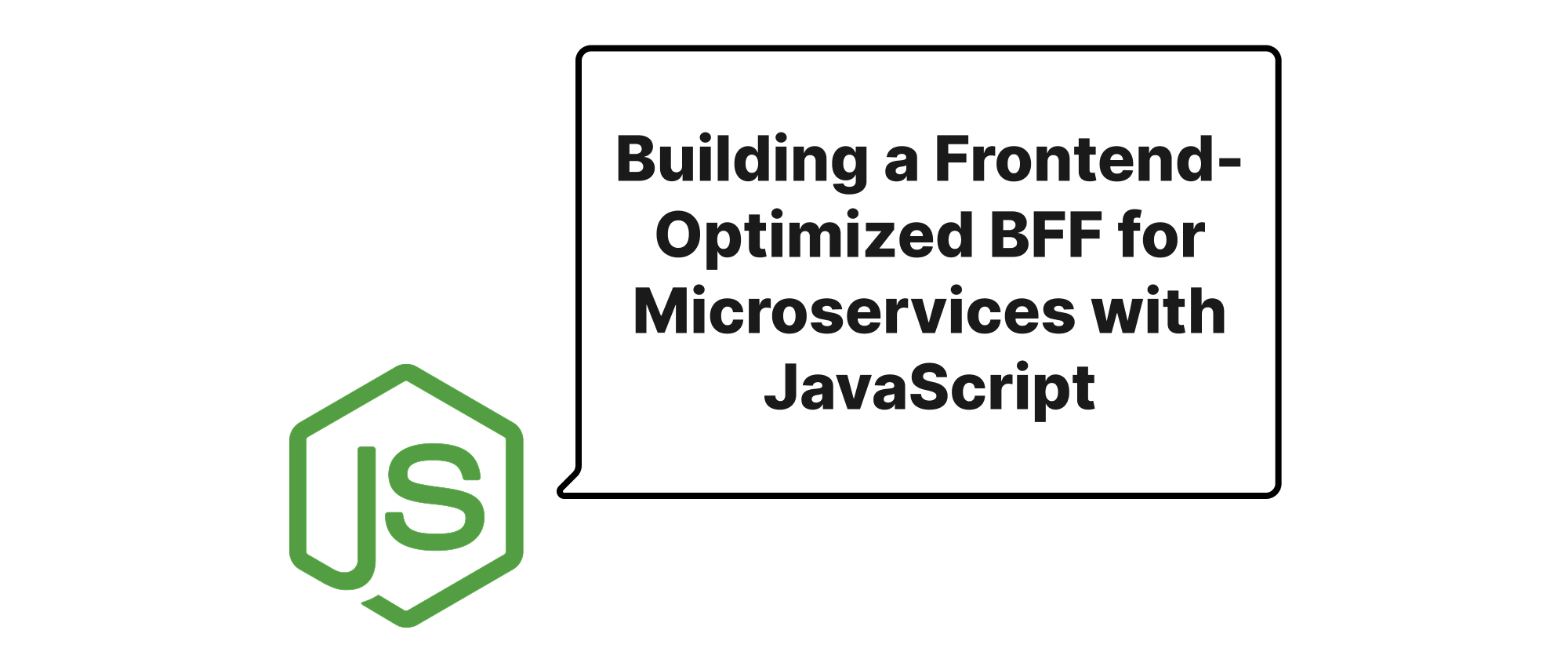
Building a Frontend-Optimized BFF for Microservices with JavaScript
Explore how to design and implement a Backend for Frontend (BFF) layer using JavaScript to enhance performance, simplify frontend development, and streamline interactions with microservice architectures.
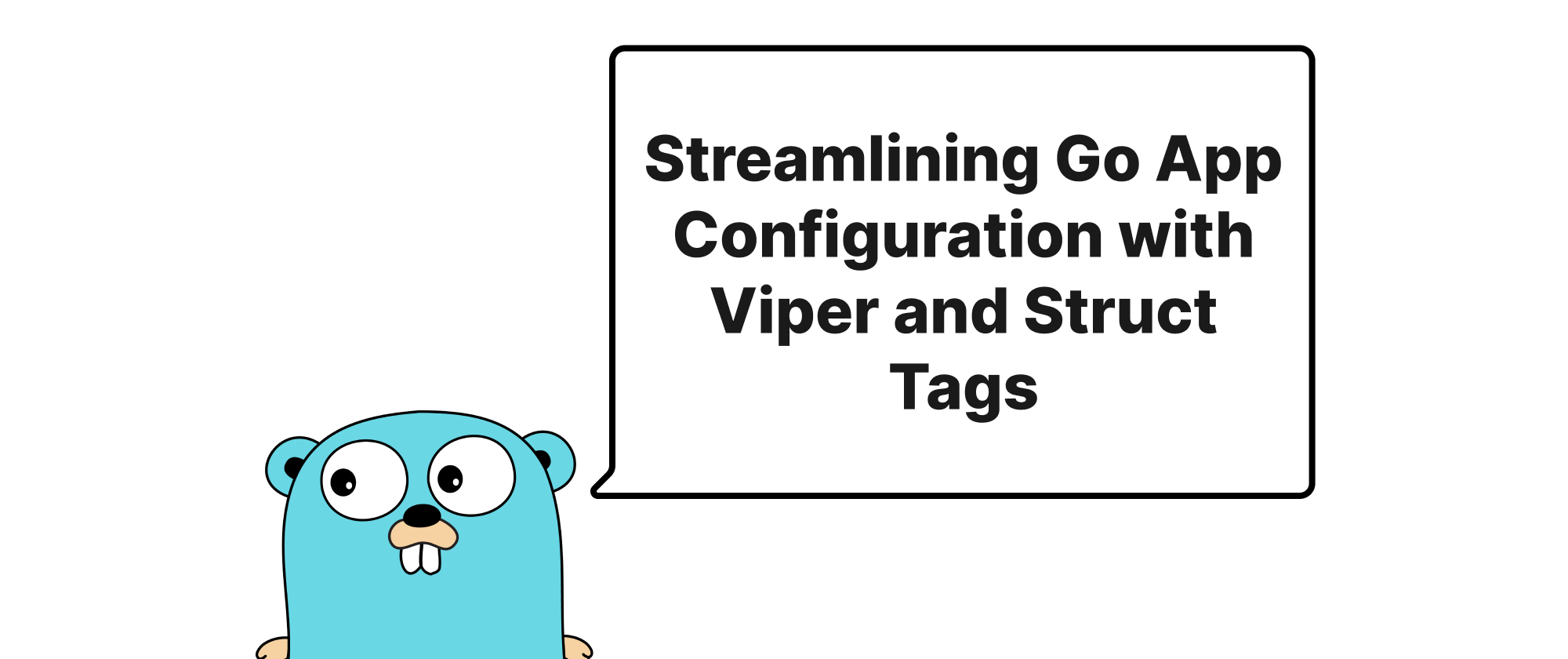
Streamlining Go App Configuration with Viper and Struct Tags
This article delves into managing multi-environment configurations for Go web applications using Viper and struct tags, offering a robust and maintainable solution.
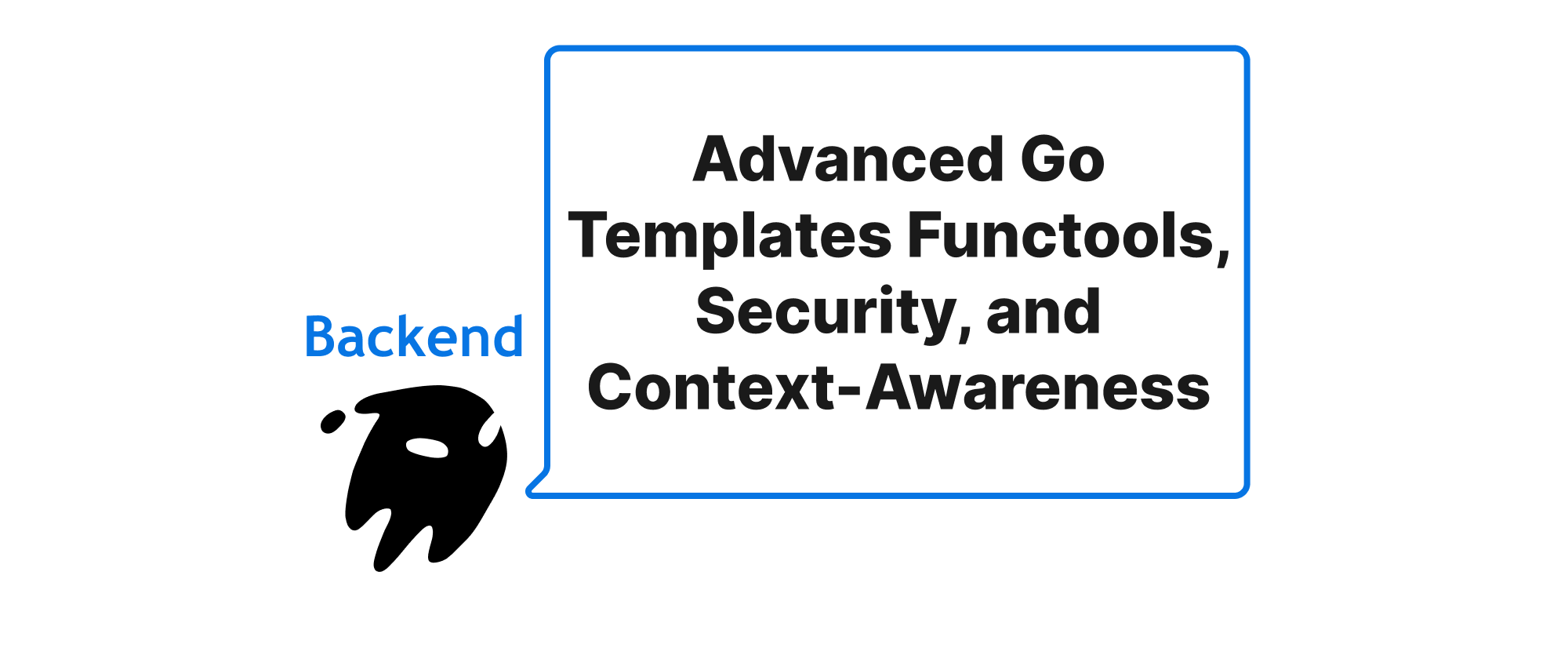
Advanced Go Templates Functools, Security, and Context-Awareness
Delve into advanced techniques for Go's html/template package, covering custom functions, robust security features, and context-aware rendering for richer, safer web applications.
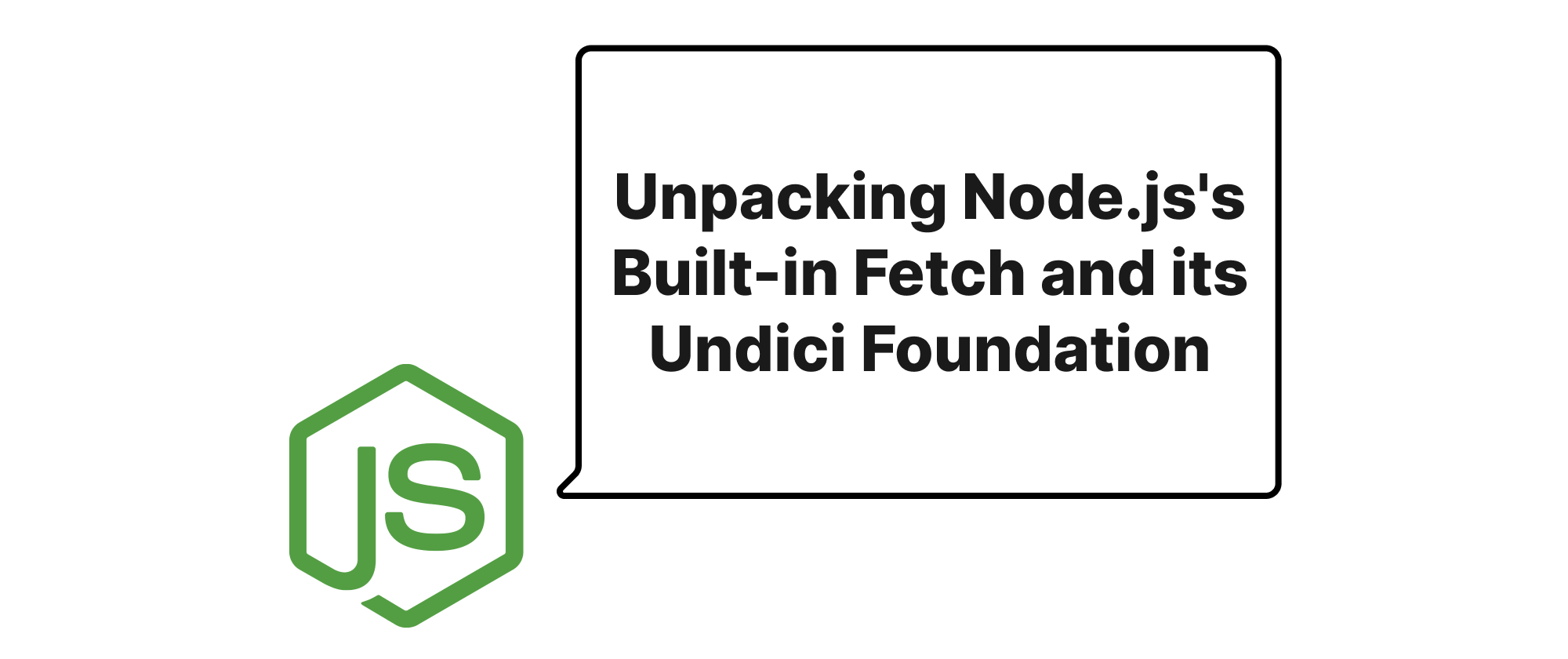
Unpacking Node.js's Built-in Fetch and its Undici Foundation
This article delves into the inner workings of Node.js 18+'s native fetch API, exploring its architecture, advantages, and deep integration with the high-performance undici HTTP/1.1 client.
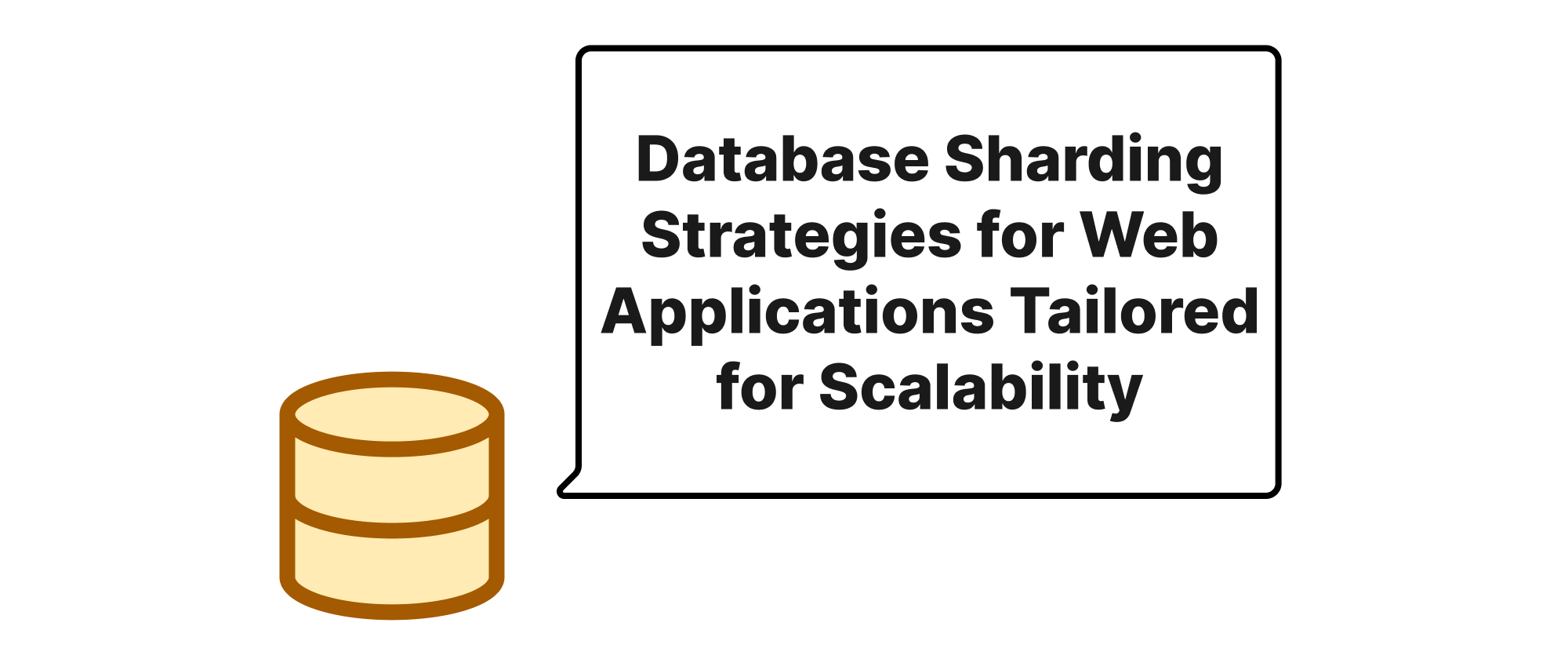
Database Sharding Strategies for Web Applications Tailored for Scalability
Exploring vertical and horizontal sharding as fundamental strategies to scale databases for web applications, detailing their principles, implementation, and practical use cases.
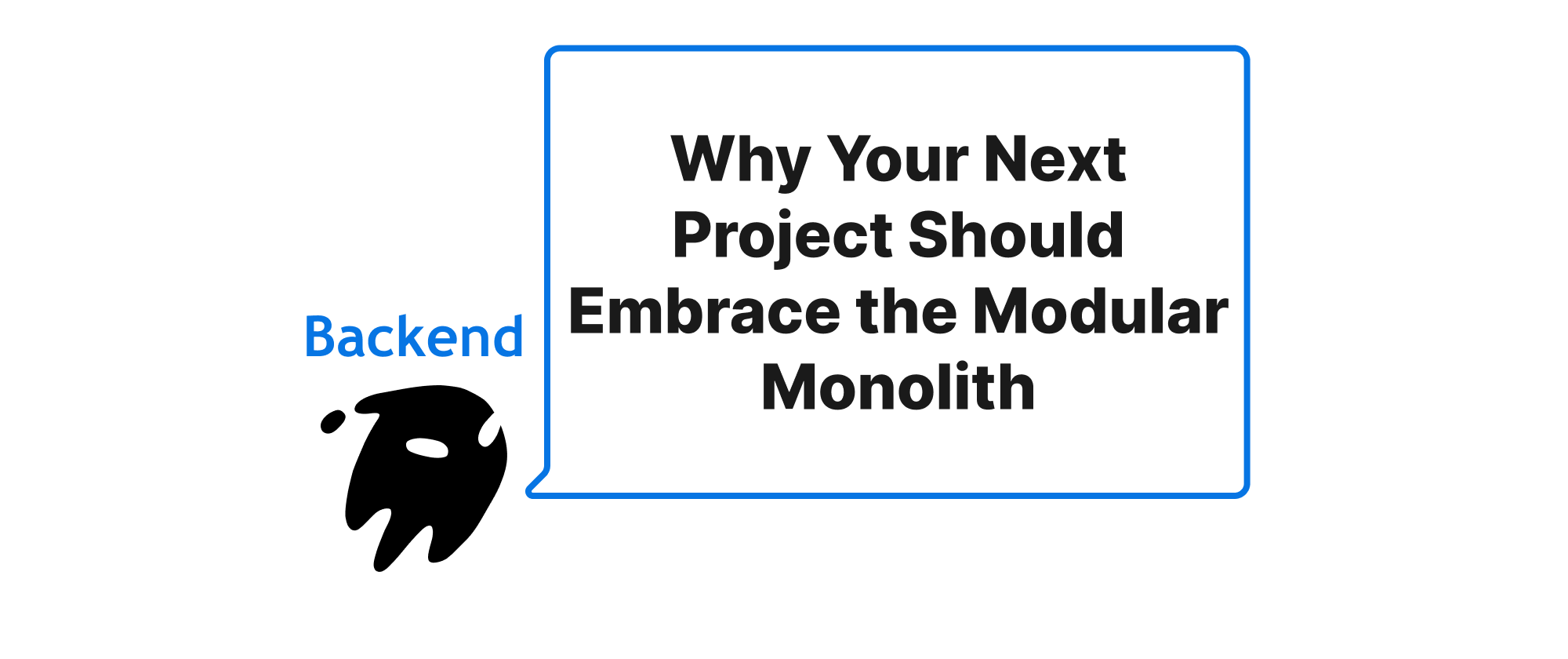
Why Your Next Project Should Embrace the Modular Monolith
In the modern era of backend development, microservices have become the default choice for many. However, this article argues that the modular monolith, a well-structured and disciplined monolithic architecture, offers a more practical and efficient starting point for most new projects. We'll explore its benefits, dispel common misconceptions, and illustrate how to implement it effectively.

Scheduling Tasks in Python APScheduler vs Celery Beat
A deep dive into two popular Python scheduling libraries, APScheduler and Celery Beat, exploring their features, use cases, and how to implement them for timed and periodic tasks.
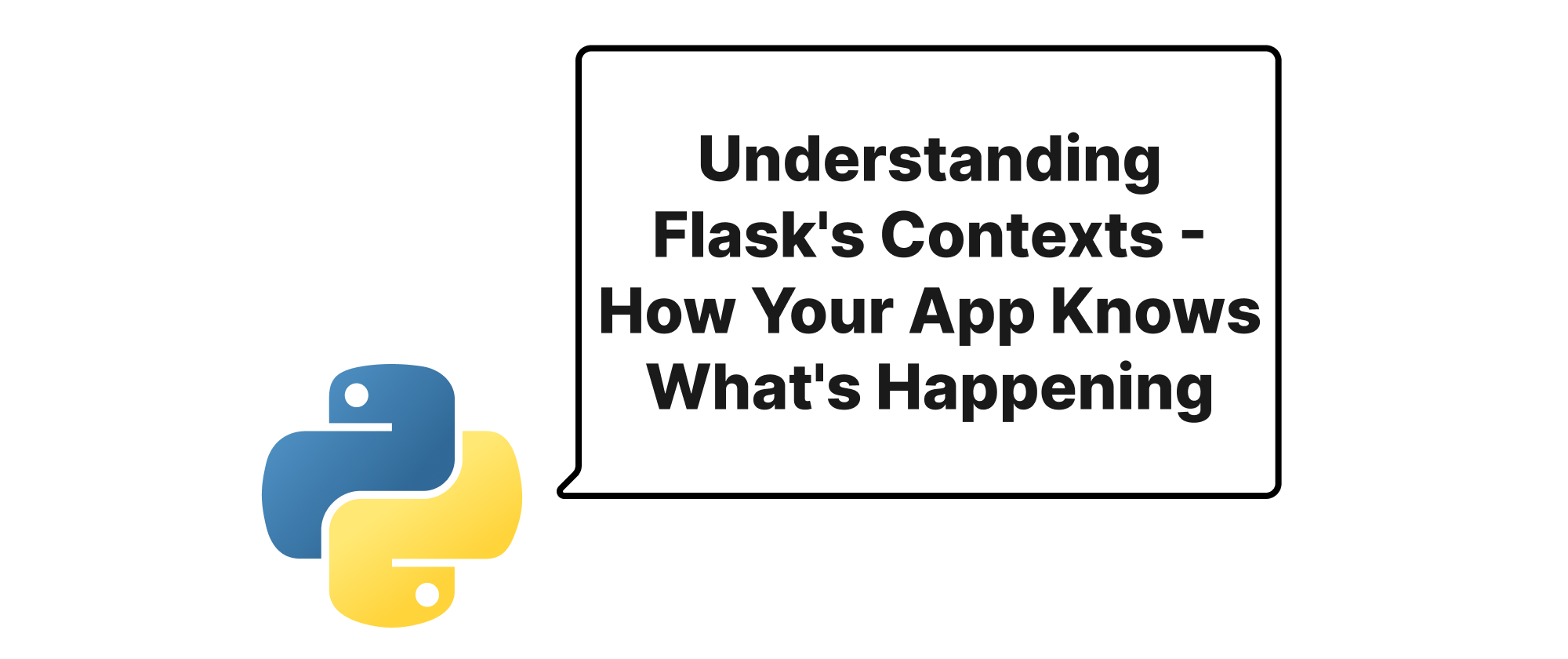
Understanding Flask's Contexts - How Your App Knows What's Happening
Delve into Flask's application and request contexts, unraveling their mechanics and why they are essential for managing global state in web applications.
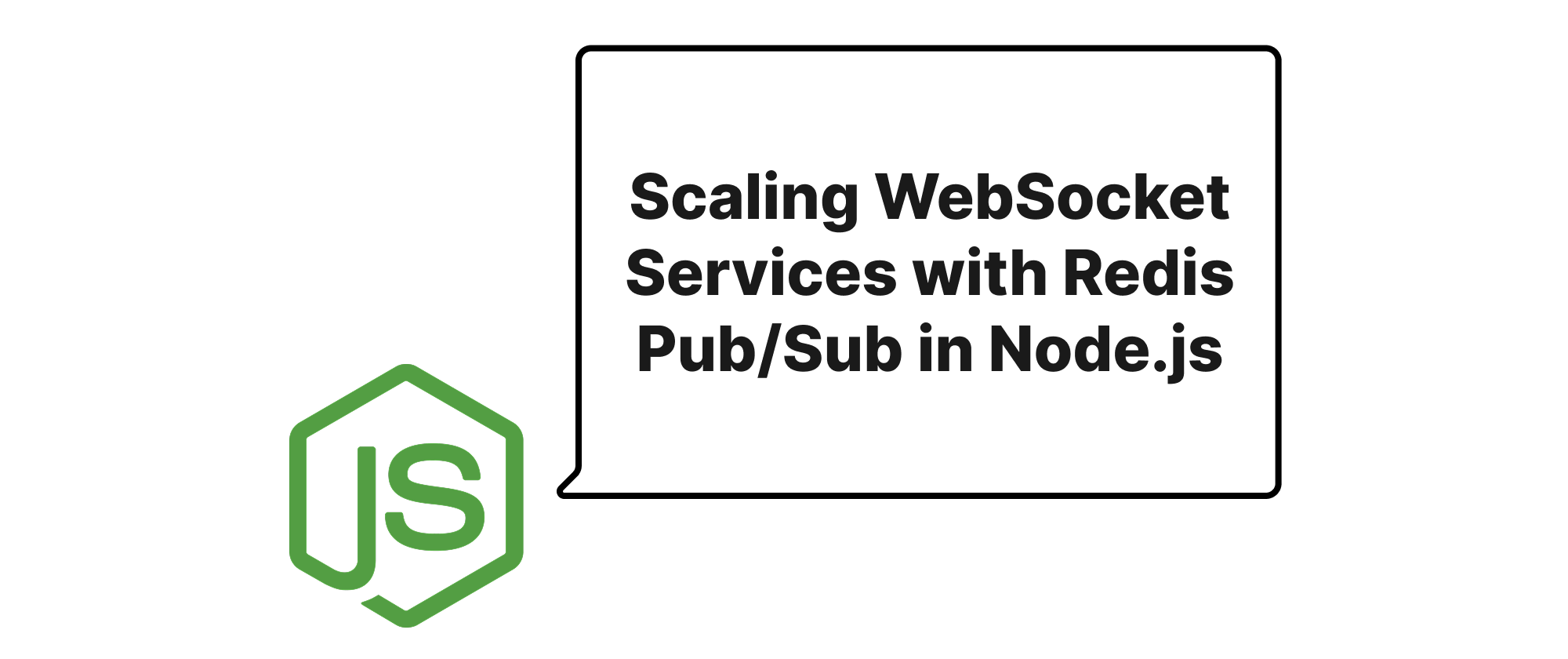
Scaling WebSocket Services with Redis Pub/Sub in Node.js
This article explores how to leverage Redis Pub/Sub in Node.js to enable multi-instance deployment for WebSocket services, addressing single-point-of-failure and scalability challenges.
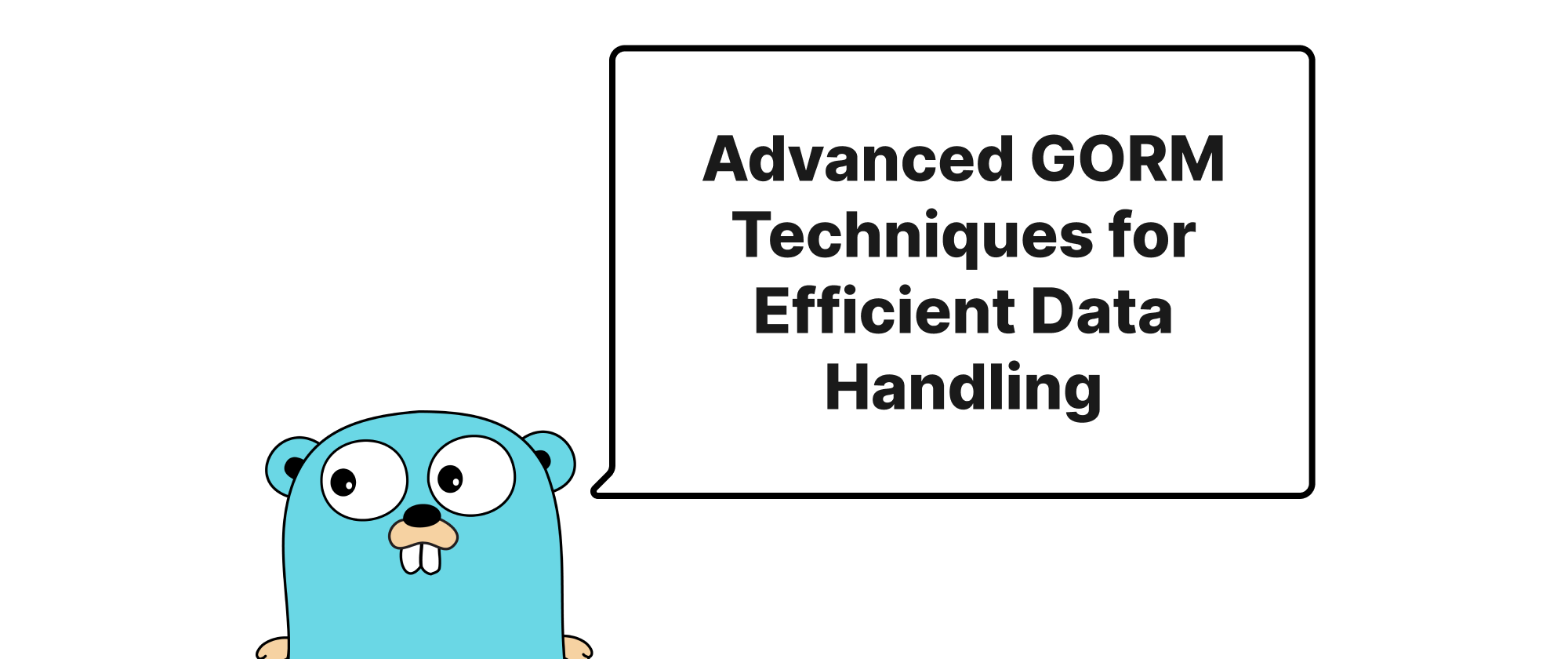
Advanced GORM Techniques for Efficient Data Handling
Explore advanced GORM features like association queries, hooks, and performance tuning to build robust and scalable Go applications.
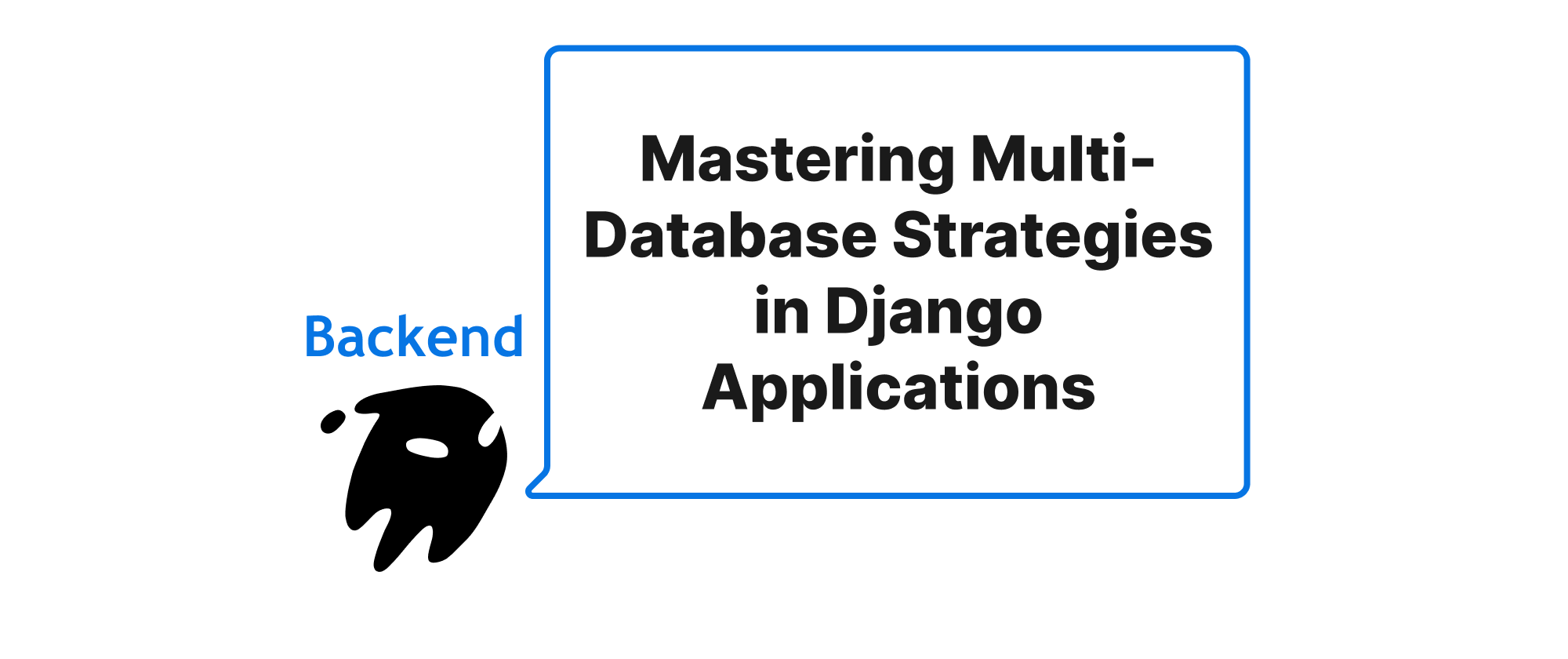
Mastering Multi-Database Strategies in Django Applications
Enhance Django application performance and scalability by implementing read-replica and sharding database configurations.
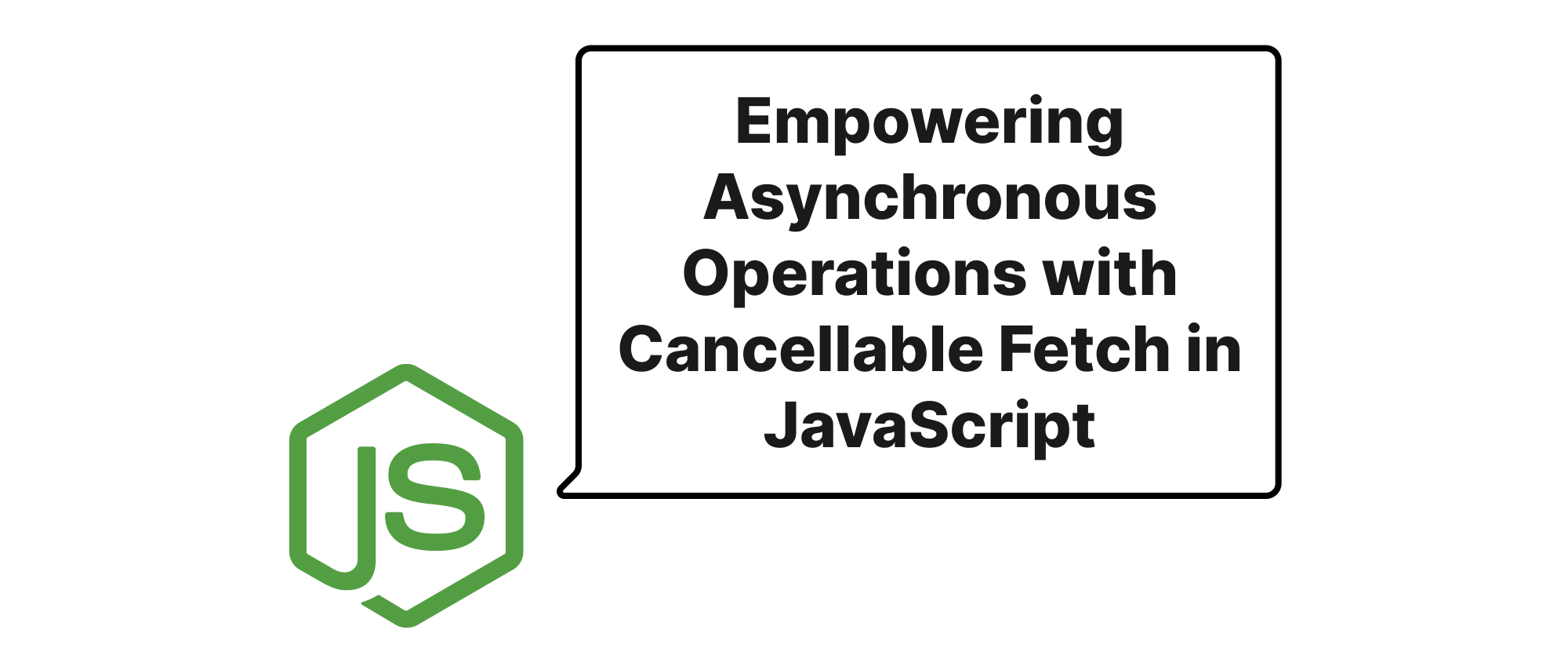
Empowering Asynchronous Operations with Cancellable Fetch in JavaScript
Exploring how to implement cancellable asynchronous fetch operations consistently across Node.js and browser environments, leveraging AbortController for improved resource management and user experience.
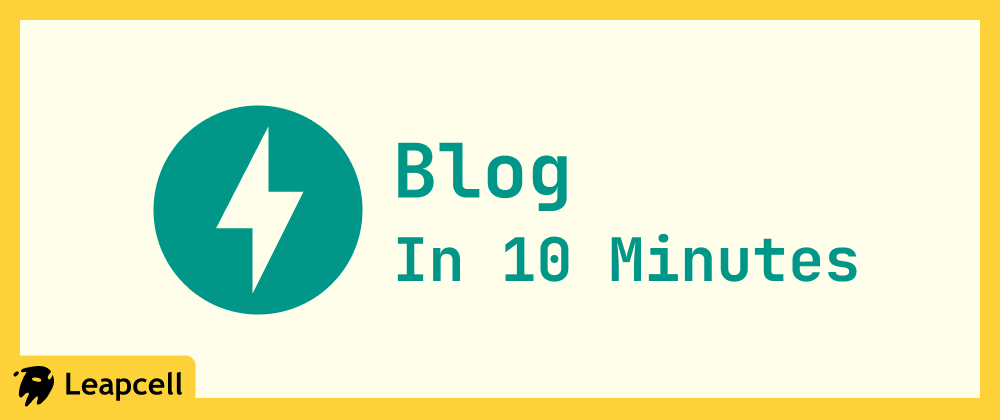
10 Minutes from First Line of Code to Live Deployment: A Super Fast FastAPI Blog Course
This tutorial guides you through building and deploying a full-stack blog with FastAPI, SQLModel, and PostgreSQL in under 10 minutes, covering everything from project setup to a live website.
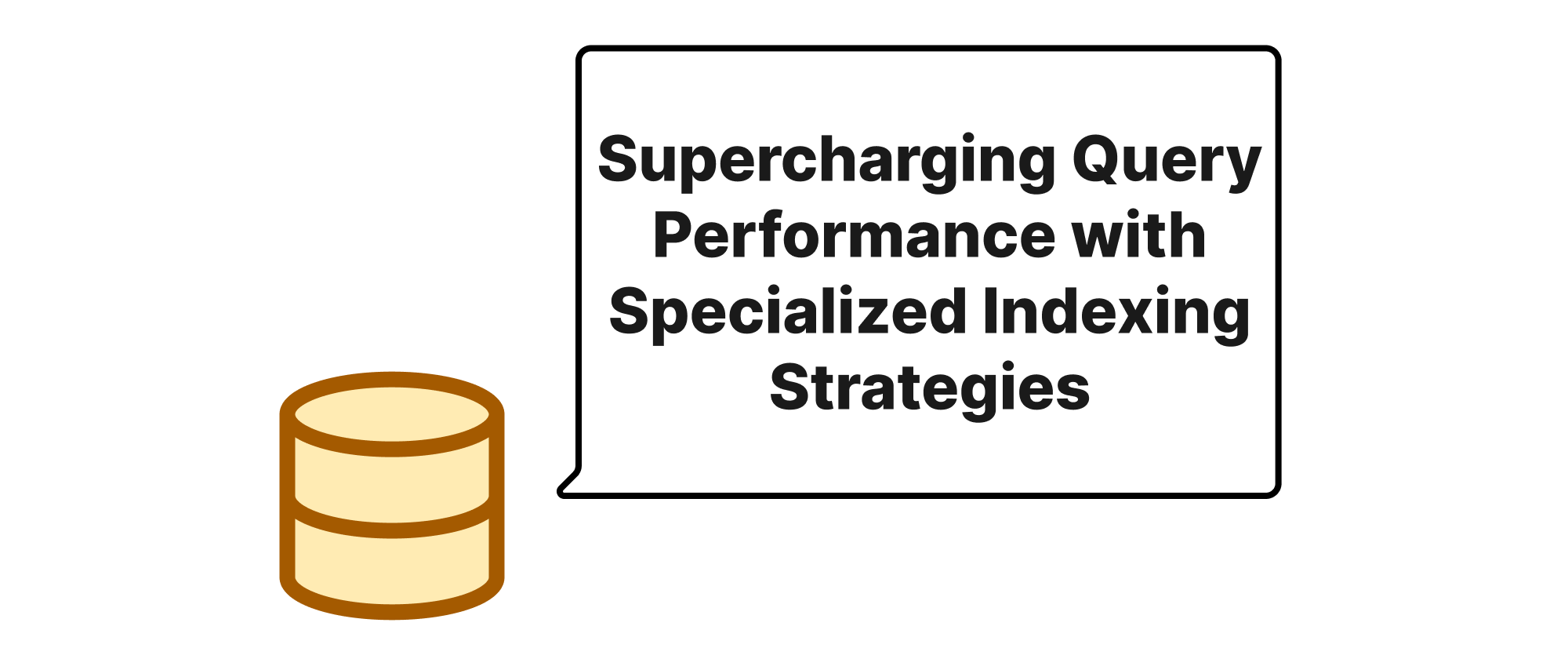
Supercharging Query Performance with Specialized Indexing Strategies
Explore how covering and partial indexes can dramatically optimize database query performance, reduce I/O, and improve efficiency for targeted data retrieval.
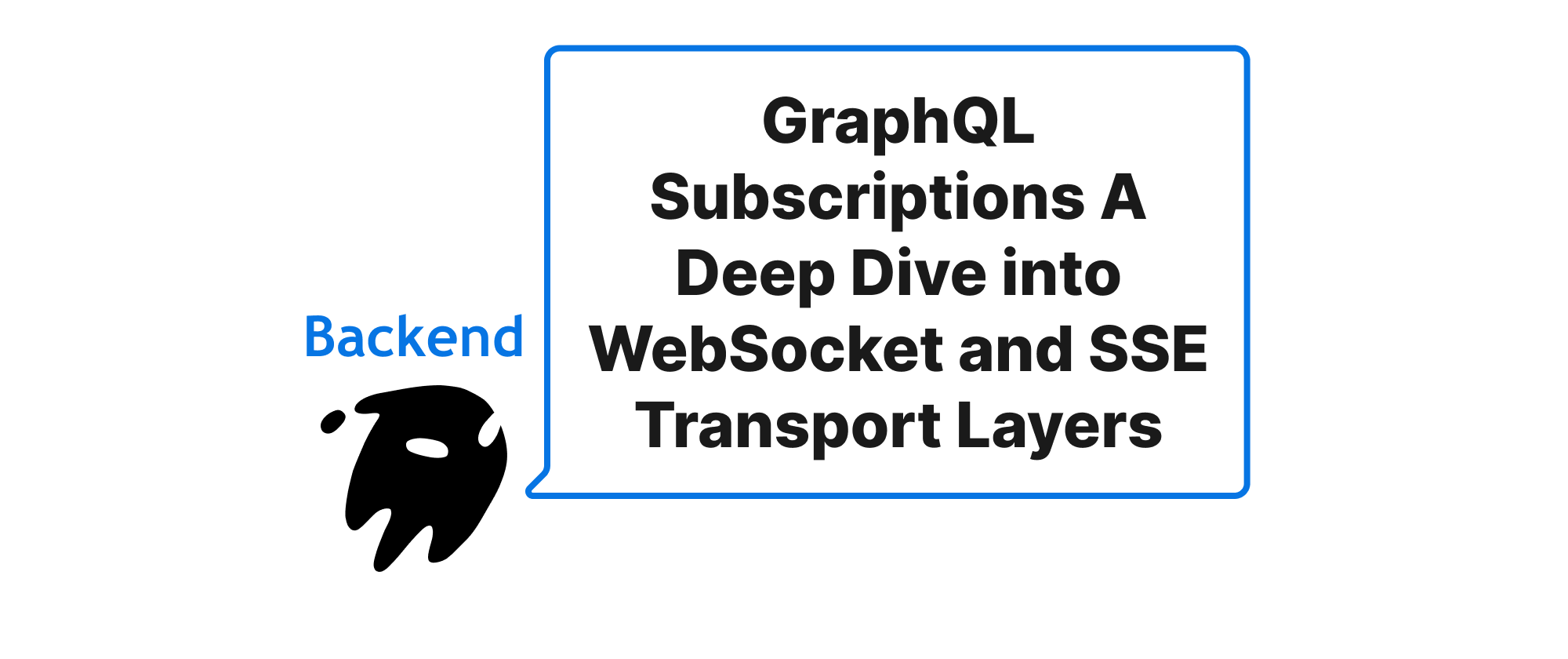
GraphQL Subscriptions A Deep Dive into WebSocket and SSE Transport Layers
Exploring the fundamental differences, implementation details, and use cases of WebSockets and Server-Sent Events (SSE) as transport layers for GraphQL Subscriptions, and how to choose the right one for your real-time applications.

Implementing Diverse Pagination Strategies in DRF and FastAPI
A deep dive into Limit/Offset and Cursor-based pagination techniques, comparing their strengths and weaknesses within Python's popular web frameworks, Django Rest Framework and FastAPI.
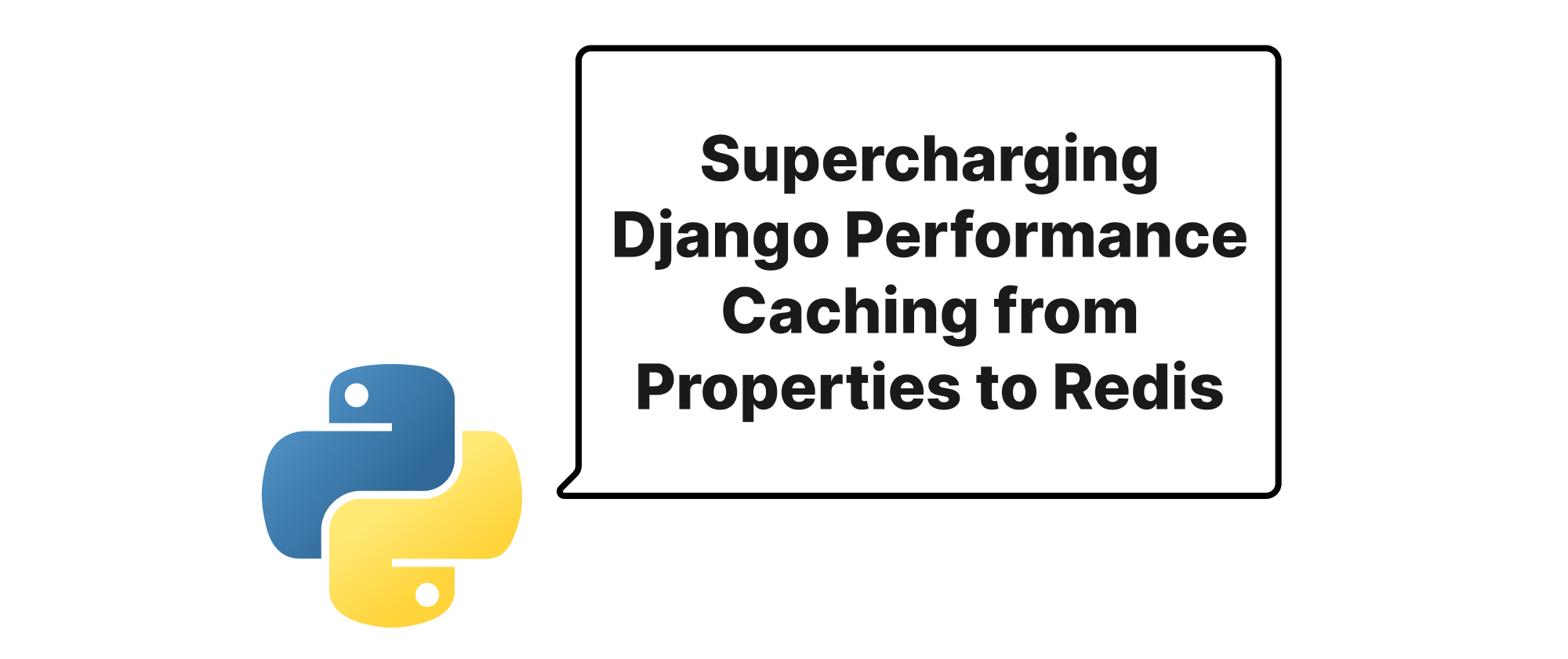
Supercharging Django Performance Caching from Properties to Redis
Explore Django's caching mechanisms, from `cached_property` for optimized attribute access to template caching and leveraging Redis for robust, scalable application performance.
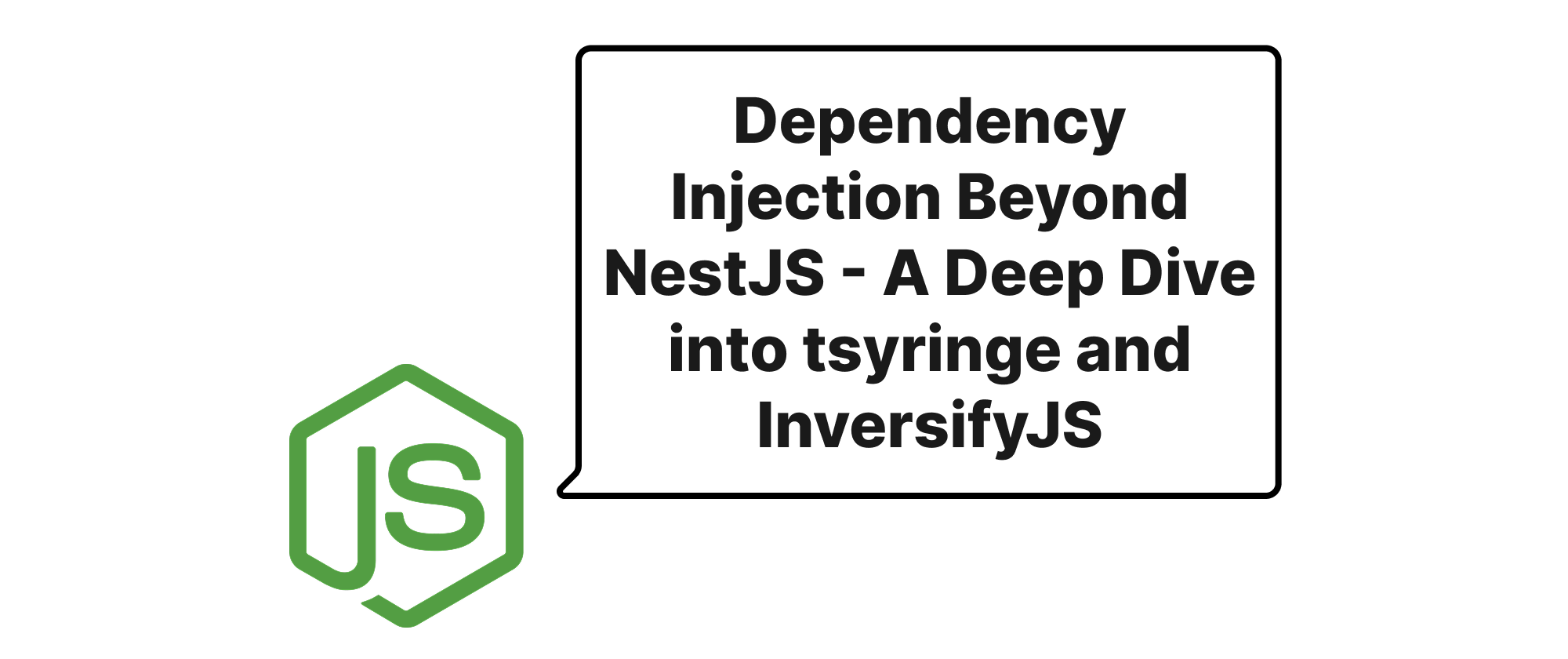
Dependency Injection Beyond NestJS - A Deep Dive into tsyringe and InversifyJS
Exploring tsyringe and InversifyJS for implementing robust dependency injection in TypeScript projects outside the NestJS ecosystem, including practical examples and core concepts.
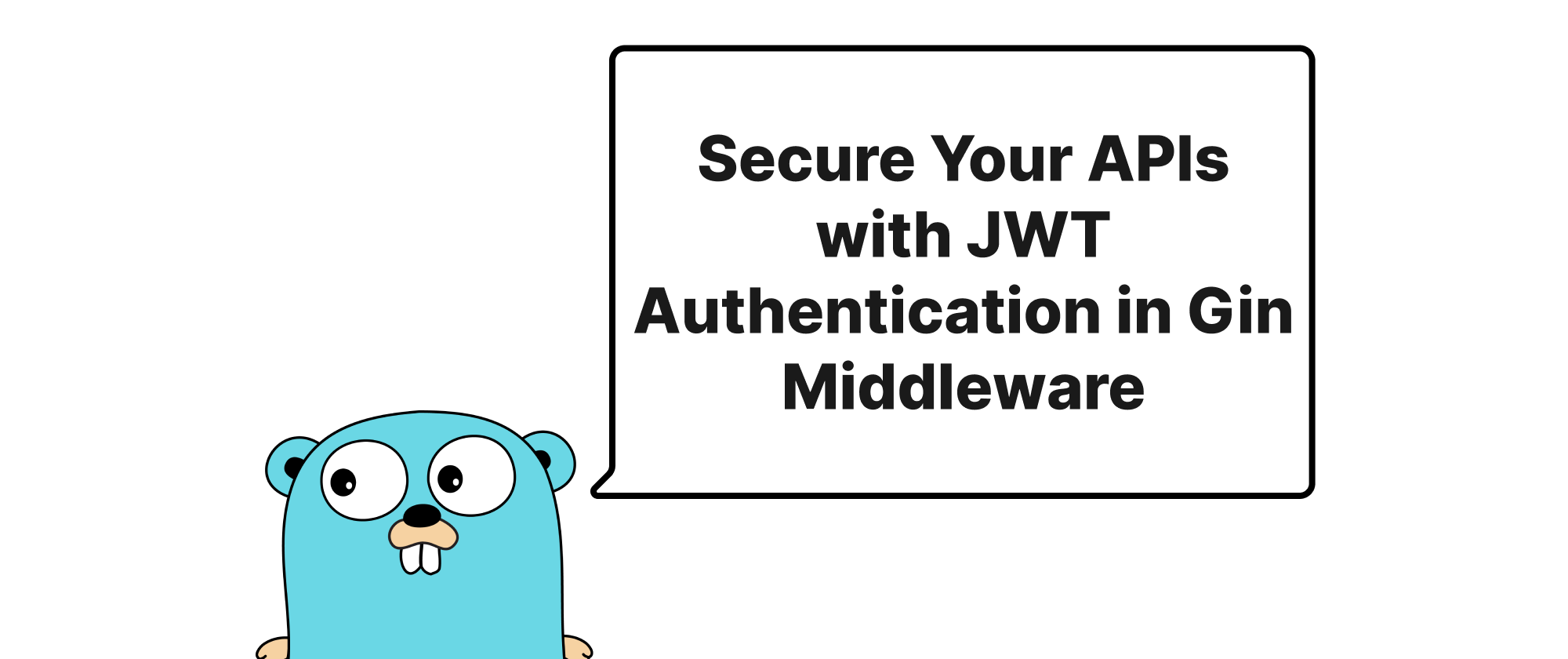
Secure Your APIs with JWT Authentication in Gin Middleware
This article explores the implementation of JWT token issuance and verification within Gin middleware, providing a robust solution for API security in Go applications.
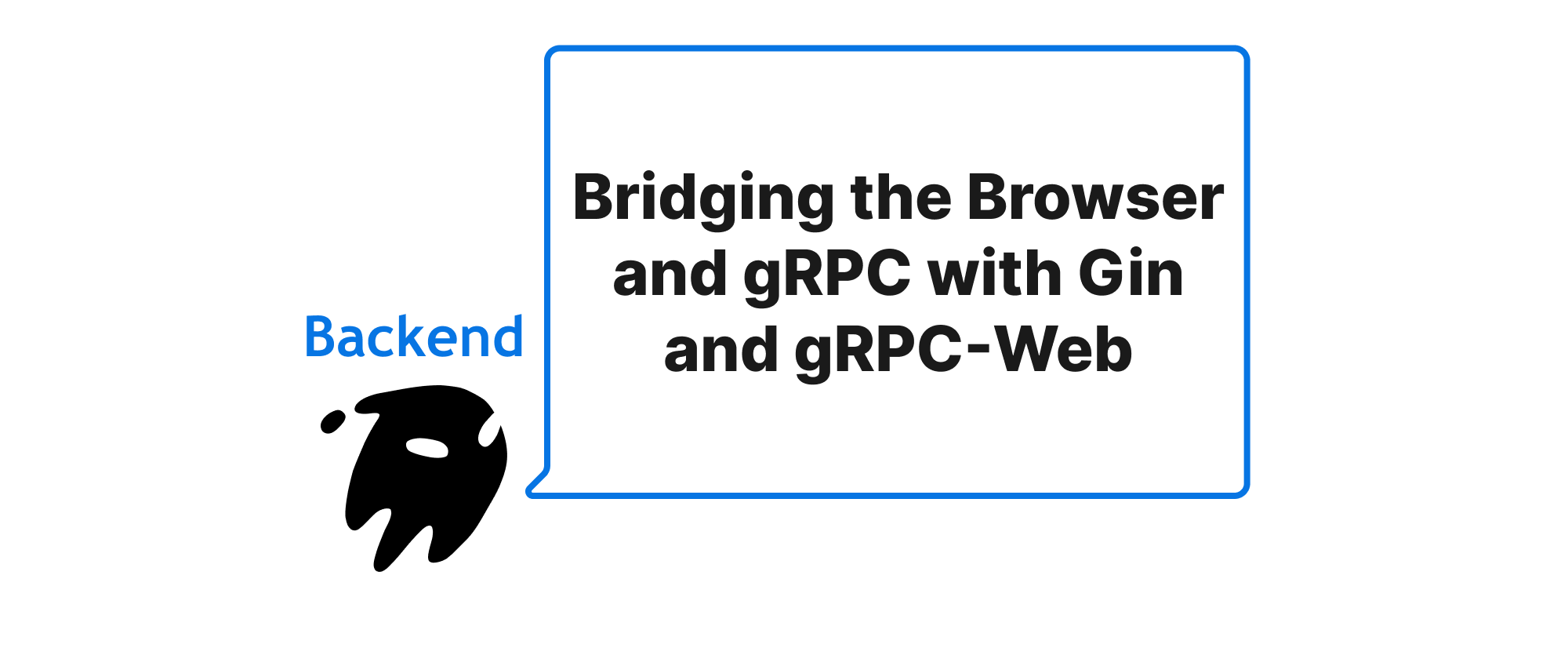
Bridging the Browser and gRPC with Gin and gRPC-Web
This article explores how to enable direct browser interaction with gRPC services using the power of Gin and gRPC-Web, detailing the setup, implementation, and benefits.
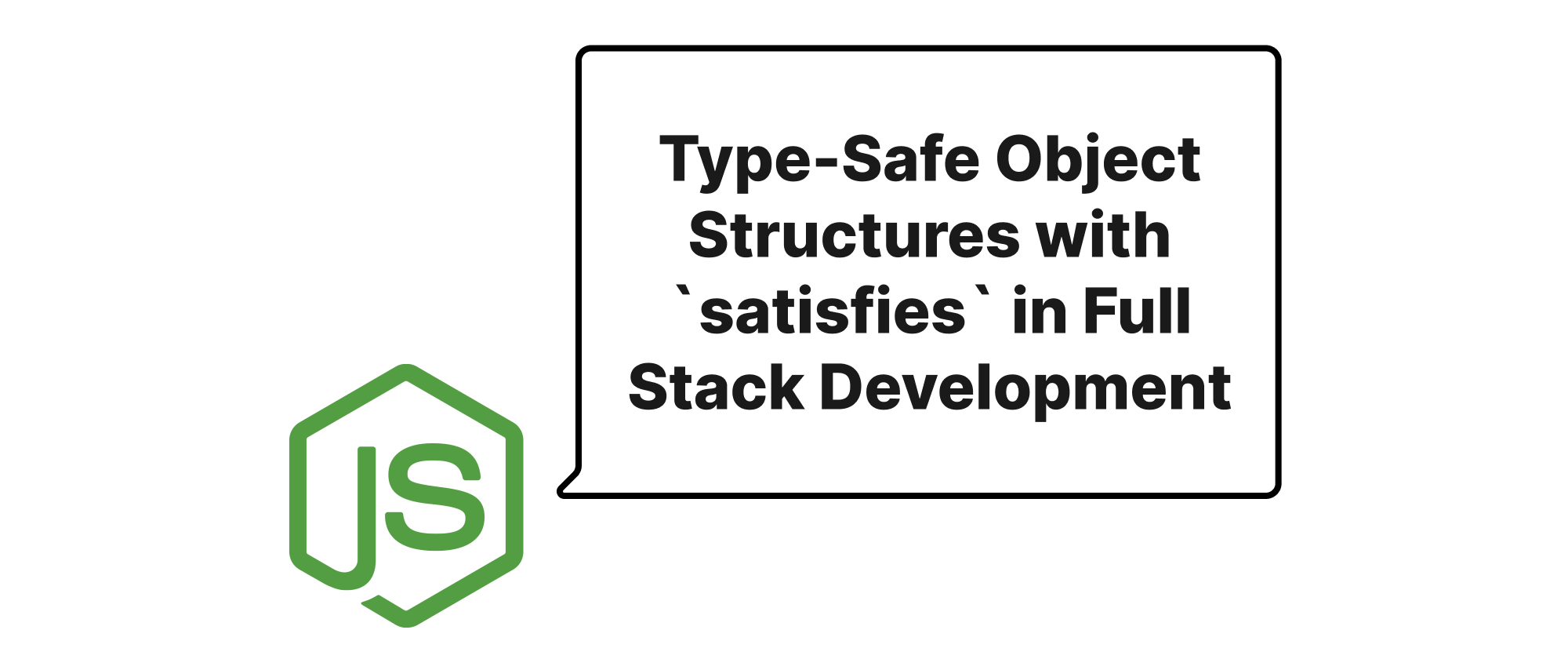
Type-Safe Object Structures with `satisfies` in Full Stack Development
Explore how TypeScript's `satisfies` operator enhances type safety in full-stack applications by validating object structures while preserving type inference, offering practical examples and use cases.
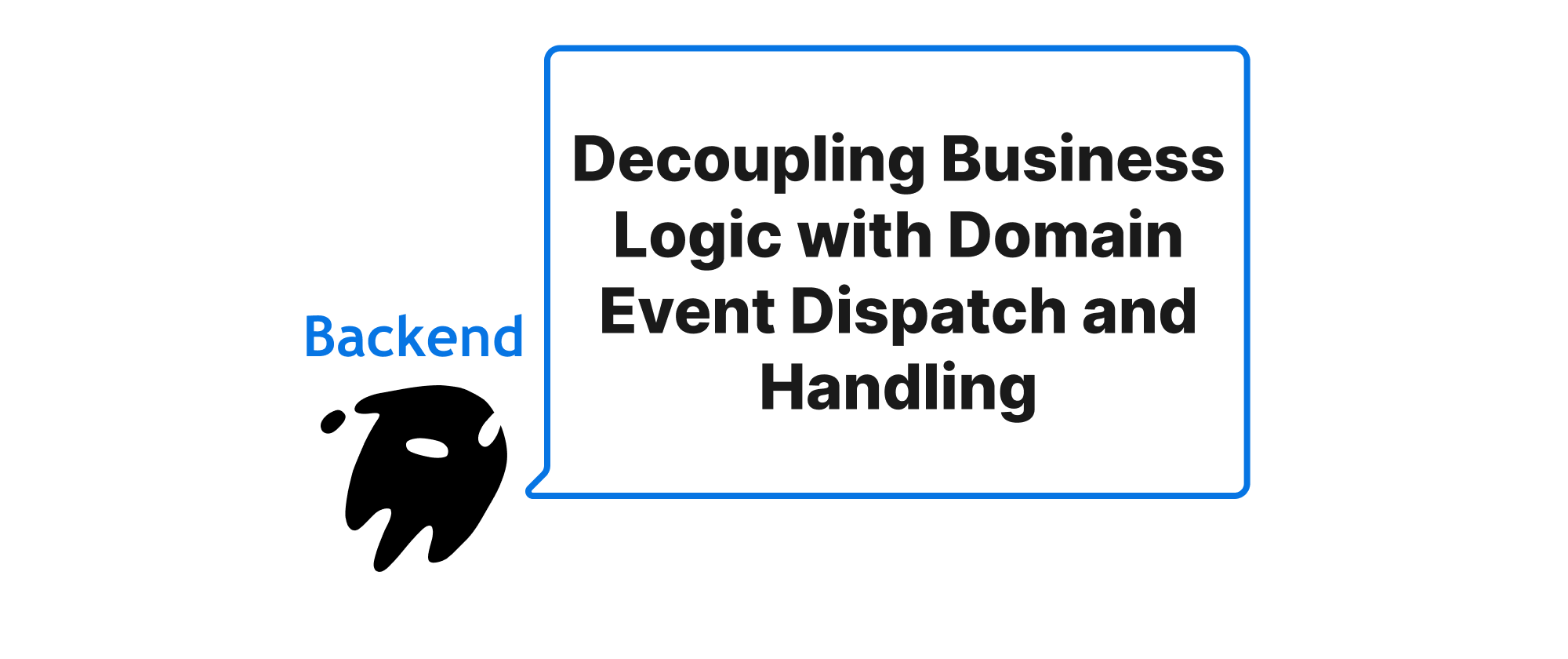
Decoupling Business Logic with Domain Event Dispatch and Handling
Exploring how domain events facilitate loose coupling in backend systems, enhancing maintainability and scalability through practical examples.
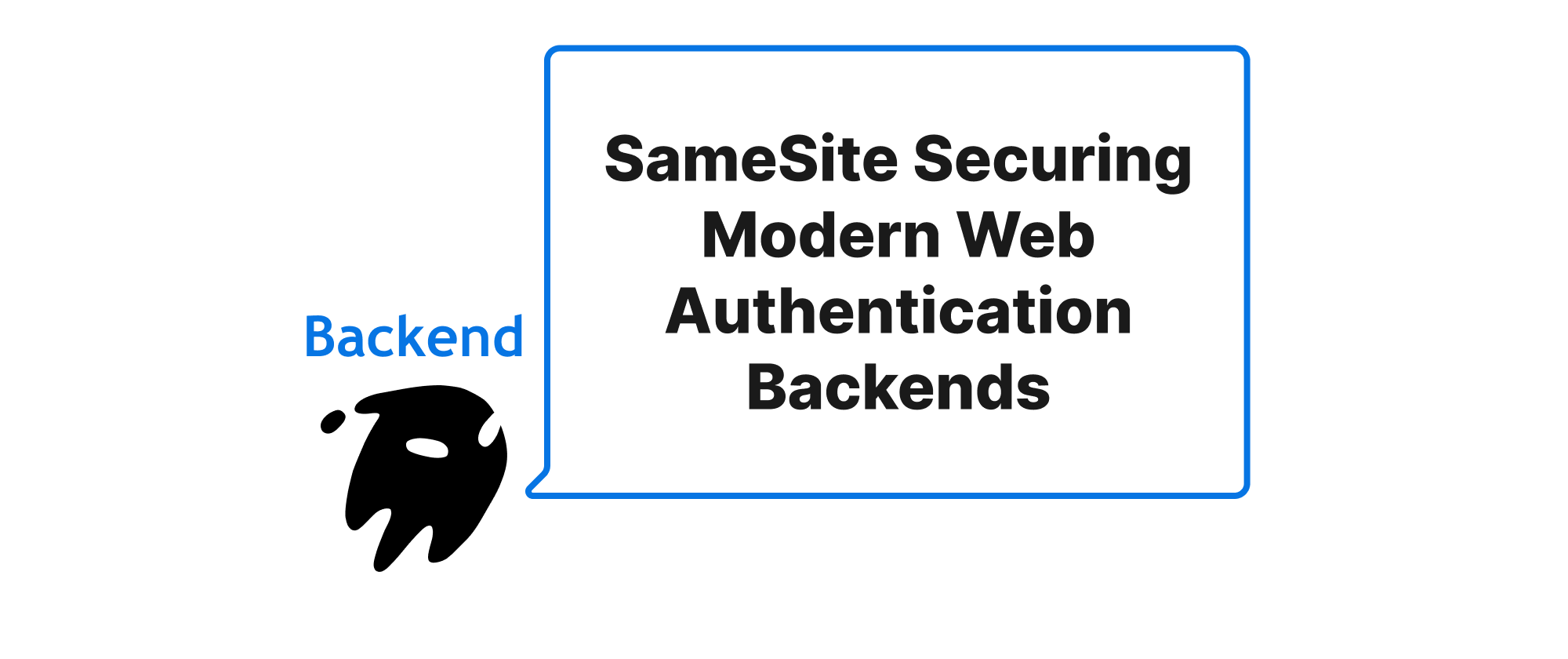
SameSite Securing Modern Web Authentication Backends
Explore how the SameSite cookie attribute, with its Lax, Strict, and None modes, has become a cornerstone for enhancing web authentication security, particularly in backend frameworks, by mitigating CSRF attacks and safeguarding user sessions.

Deep Dive into Python Descriptors Empowering Django ORM and Beyond
This article explores Python descriptors, their mechanics, and demonstrates how they are fundamental to the elegant and powerful design of frameworks like Django ORM and other sophisticated libraries, enabling declarative attribute access and complex behavior encapsulation.
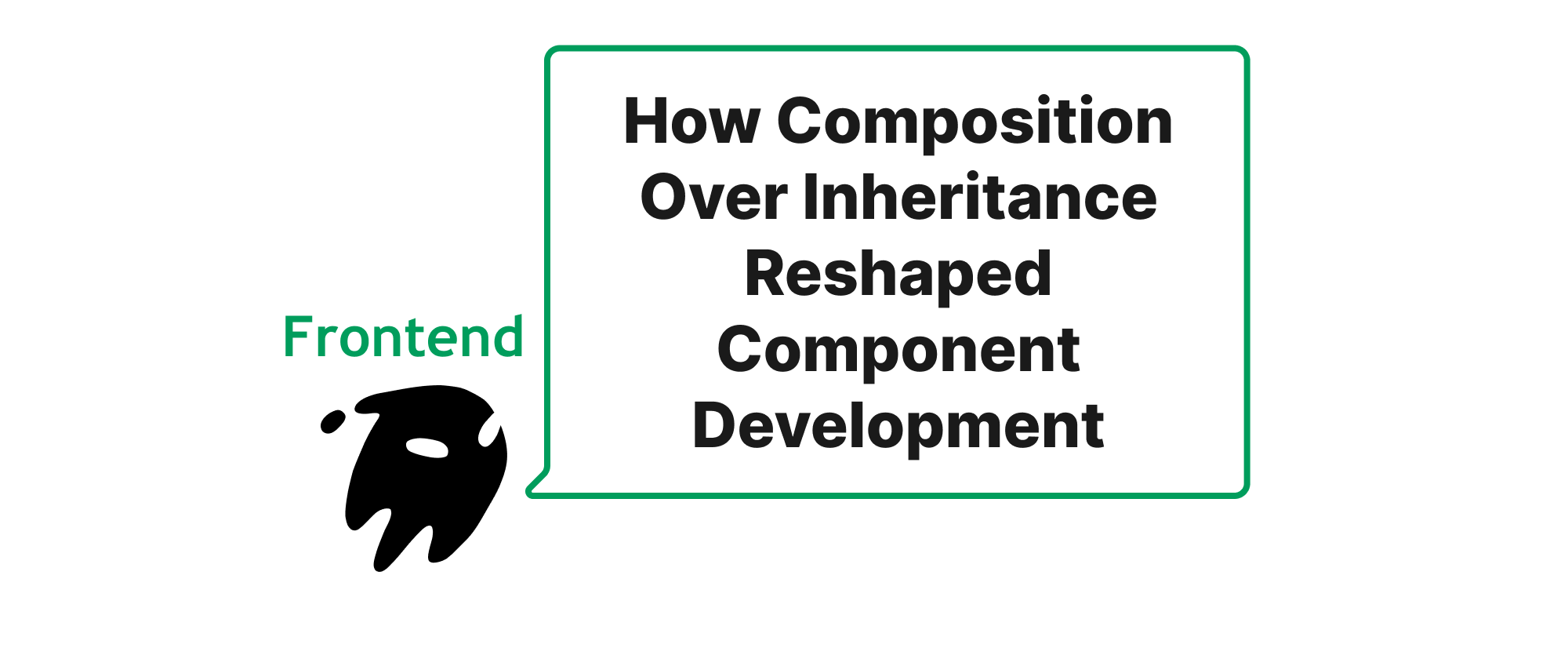
How Composition Over Inheritance Reshaped Component Development
Explore the paradigm shift brought by React Hooks and Vue Composition API, demonstrating how they leverage composition to create more reusable, readable, and maintainable frontend components.
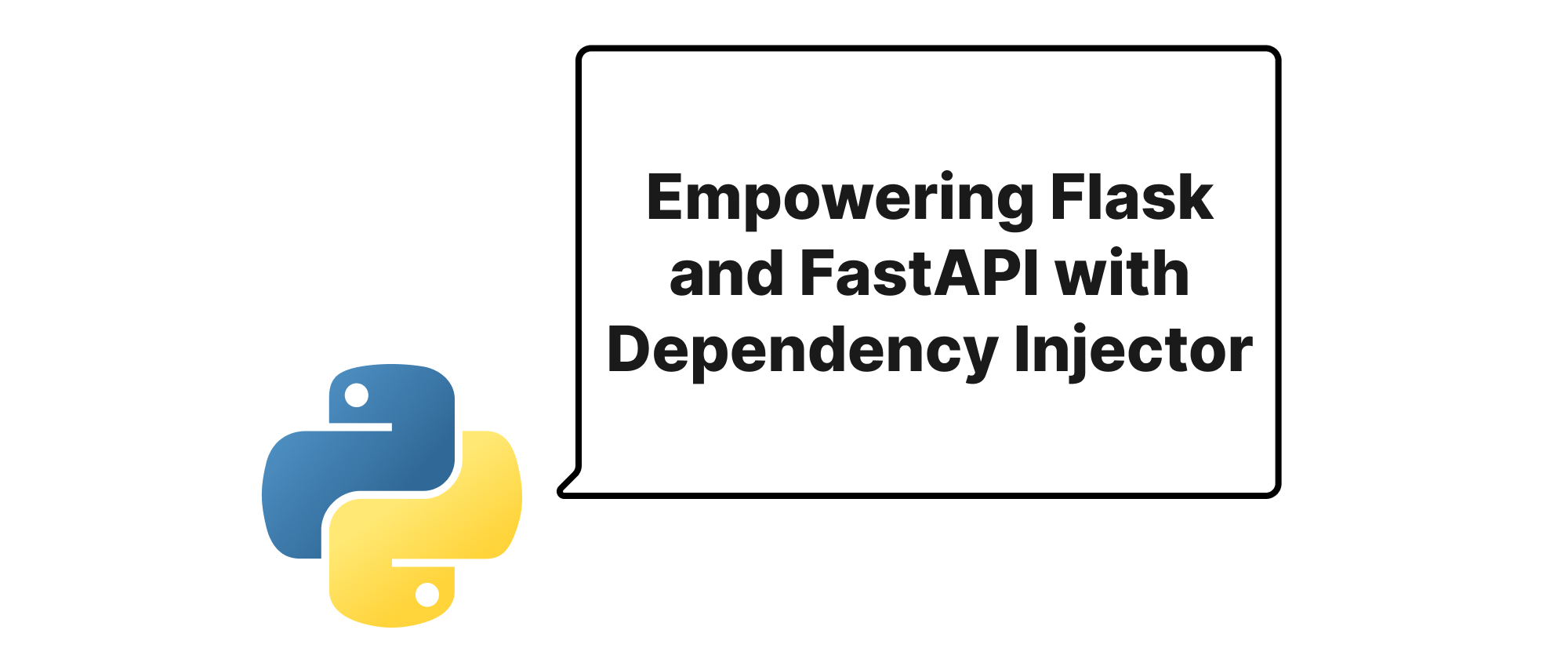
Empowering Flask and FastAPI with Dependency Injector
This article explores how to integrate Python's dependency-injector library into Flask and FastAPI applications to achieve robust Inversion of Control, enhancing modularity and testability.
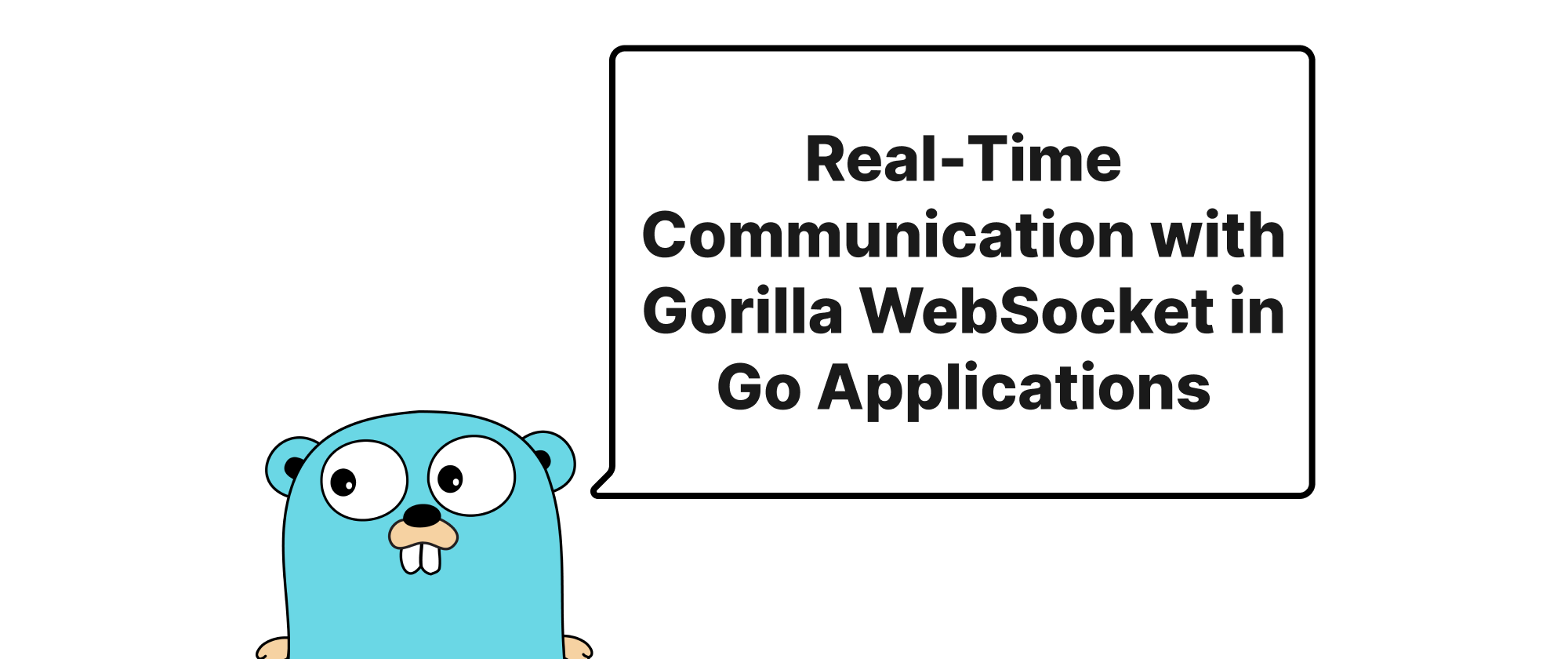
Real-Time Communication with Gorilla WebSocket in Go Applications
Explore how to integrate real-time communication into your Go applications using the powerful and popular gorilla/websocket library, covering its principles, implementation, and practical use cases.
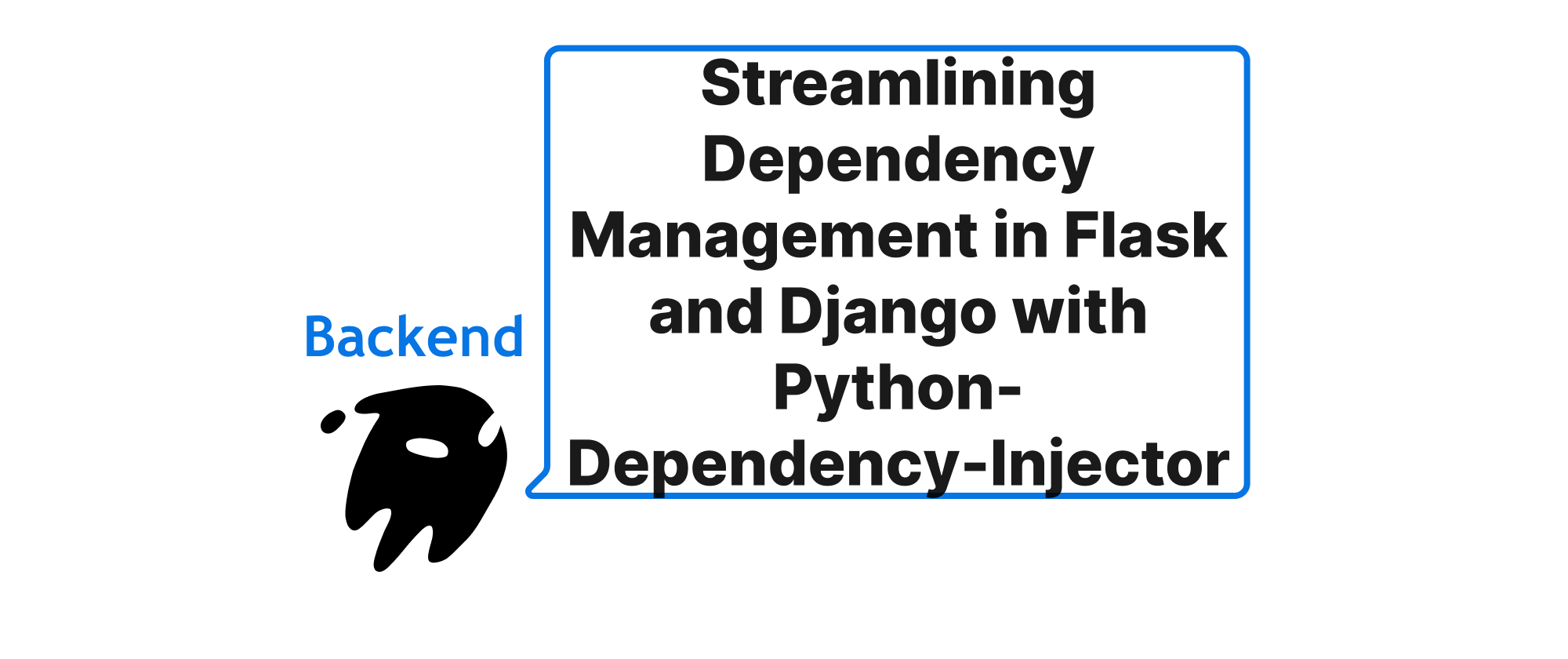
Streamlining Dependency Management in Flask and Django with Python-Dependency-Injector
This article explores how python-dependency-injector revolutionizes dependency management in Flask and Django applications, enhancing maintainability, testability, and modularity through practical examples.
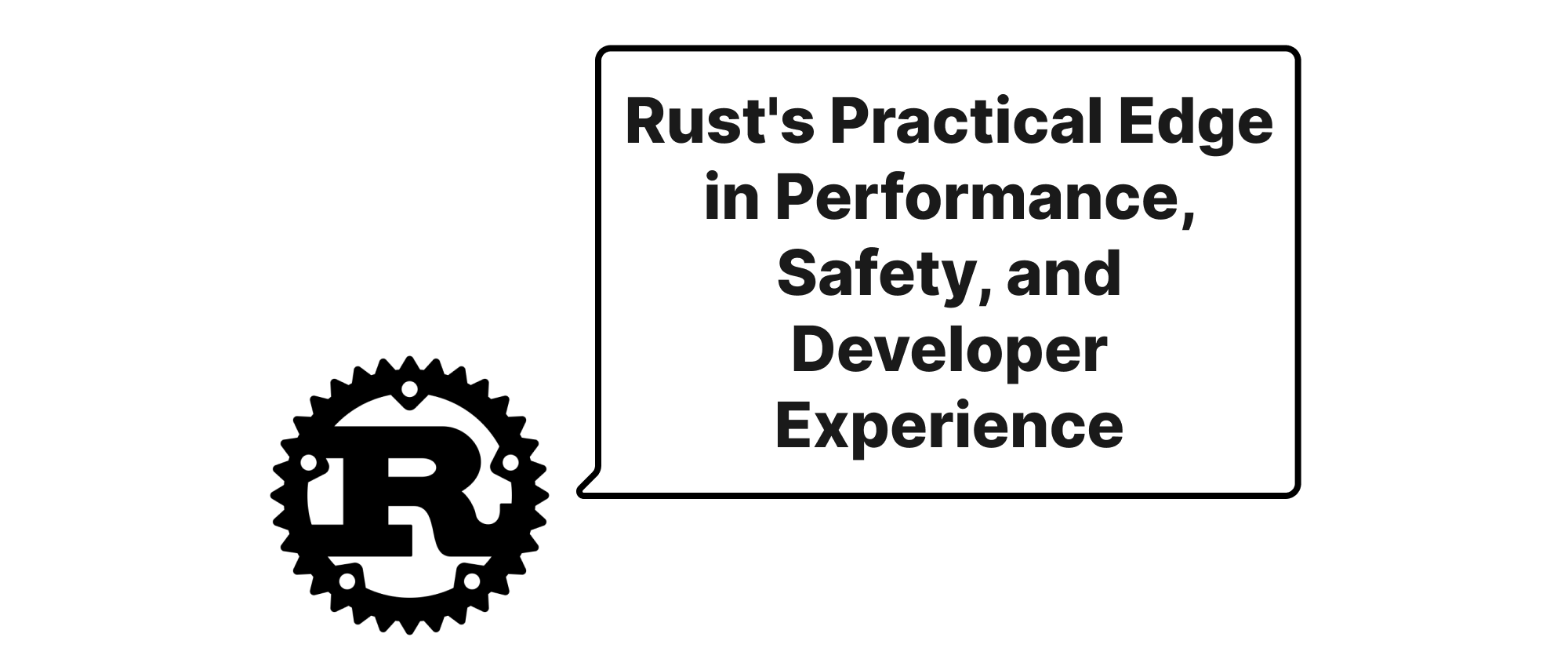
Rust's Practical Edge in Performance, Safety, and Developer Experience
Delving into how Rust delivers on its core promises of performance, memory safety, and an empowering developer workflow, with practical examples.

Building a Resilient Distributed System with Go and Raft Consensus
Exploring the power of Go and the Raft consensus algorithm to construct a robust and fault-tolerant distributed system, explaining core concepts, implementation details, and practical applications.
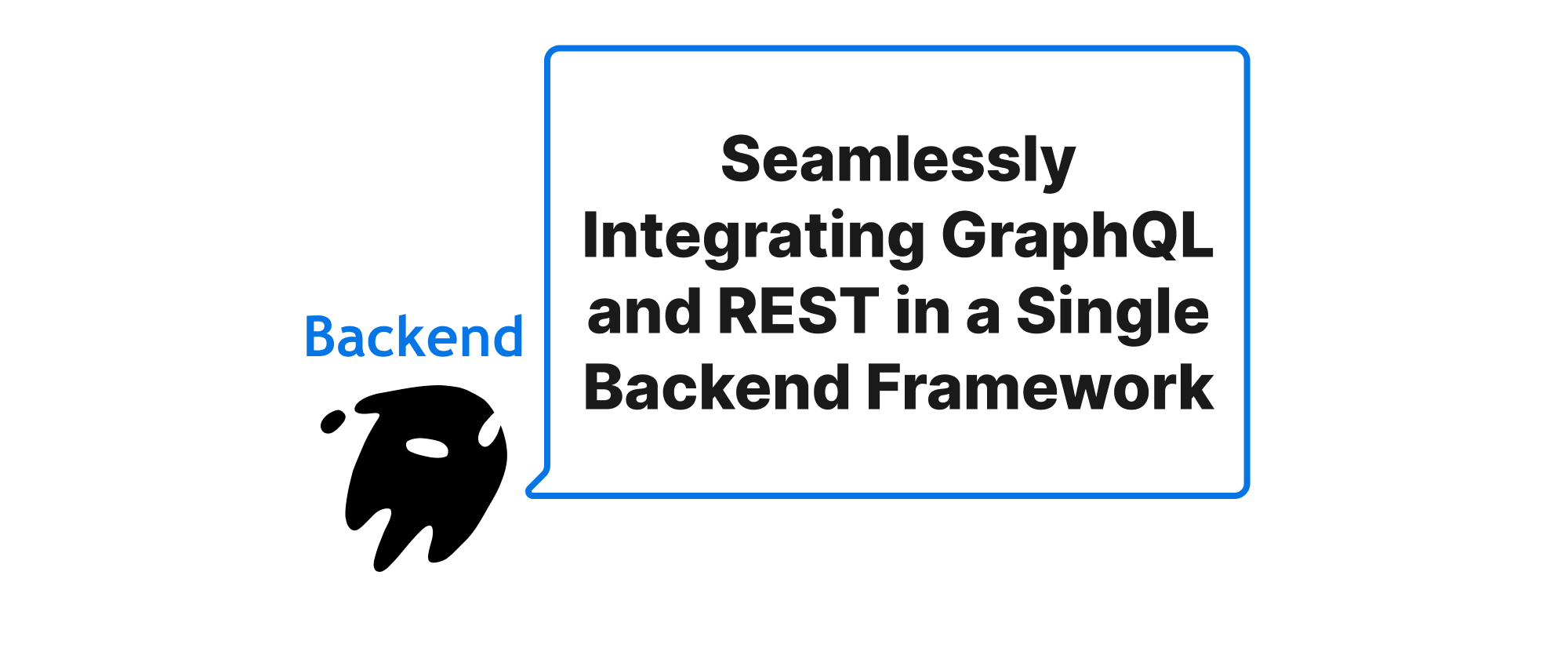
Seamlessly Integrating GraphQL and REST in a Single Backend Framework
Explore strategies for effectively offering both GraphQL and REST APIs within the same backend framework, discussing benefits, common patterns, and practical implementation tips.
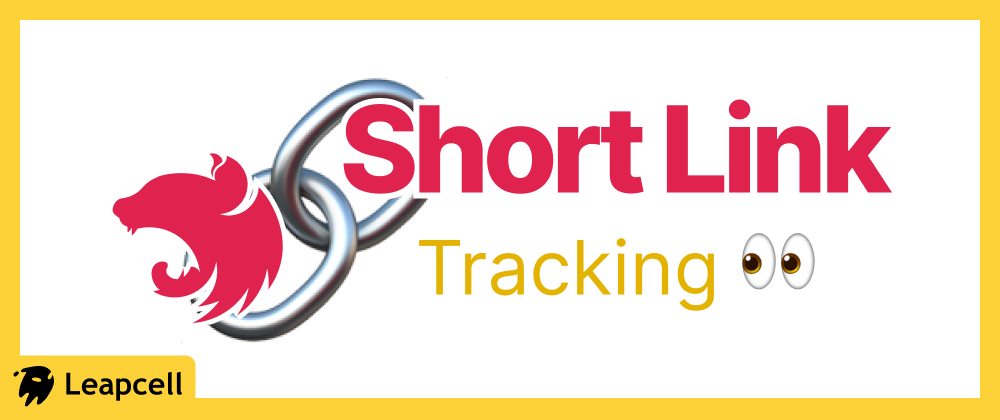
Add Click-Tracking to the Nest.js Short Link Service
This tutorial explains how to add click-tracking and analytics to a NestJS short link service by creating a database entity to log user data during the redirection process.

Beyond Layered Architectures Crafting Scalable APIs with Vertical Slices in FastAPI
This article explores the rising trend of Vertical Slice Architecture as an alternative to traditional layered designs in backend development, specifically within the FastAPI ecosystem. It delves into the principles, practical implementation with code examples, and benefits of adopting vertical slices for building more focused, maintainable, and scalable API services.

Streamlining Resource Management with Python Context Managers
Exploring how Python's `with` statement and `contextlib` module provide elegant and robust solutions for managing database connections and file handles, ensuring proper resource allocation and release.

Practical Strategies for Decomposing Large Components in React and Vue
This article delves into effective strategies for breaking down monolithic React and Vue components, focusing on the practical application of Custom Hooks, Composables, and child components to improve code maintainability, reusability, and readability.

Type-Driven Development in Python with Pydantic and MyPy
Explore how to leverage Pydantic and MyPy to implement a robust type-driven development paradigm in Python backend applications, improving code quality, maintainability, and reliability.

Building Lean Go Web Apps with Docker and Multi-Stage Builds
This article delves into optimizing Go web application deployments by leveraging Docker and multi-stage builds, focusing on producing minimal, secure, and efficient container images directly from source code.

Building Real-time Applications with Django Channels Beyond Simple WebSockets
Explore how Django Channels empowers developers to build complex, real-time applications like online game backends, moving beyond basic WebSocket functionalities.

Speeding Up Rust Web Development Compilations
Rust's robust type system and performance come with a compilation cost, especially for web applications. This article explores why Rust web apps compile slowly and provides practical strategies using tools like `cargo-watch` and `sccache` to significantly improve developer iteration times.

Build a Short Link Service Using Nest.js
This guide provides a step-by-step tutorial on building a complete URL shortener service with Nest.js and PostgreSQL, covering everything from project setup and core logic to final deployment.

Go and WebAssembly for Browser-Based Applications
Explore the exciting world of running Go code directly in the browser using WebAssembly and TinyGo, unlocking new possibilities for web development.

Streamlining Business Logic with Transaction Scripts
Exploring the Transaction Script pattern for organizing simple backend business logic, explaining its principles, implementation, and practical applications with code examples for efficient development.

Unlocking Your gRPC API with Reflection in Development
Explore the benefits of gRPC reflection in development environments and learn how to dynamically interact with your API using grpcurl for enhanced efficiency and debugging.
